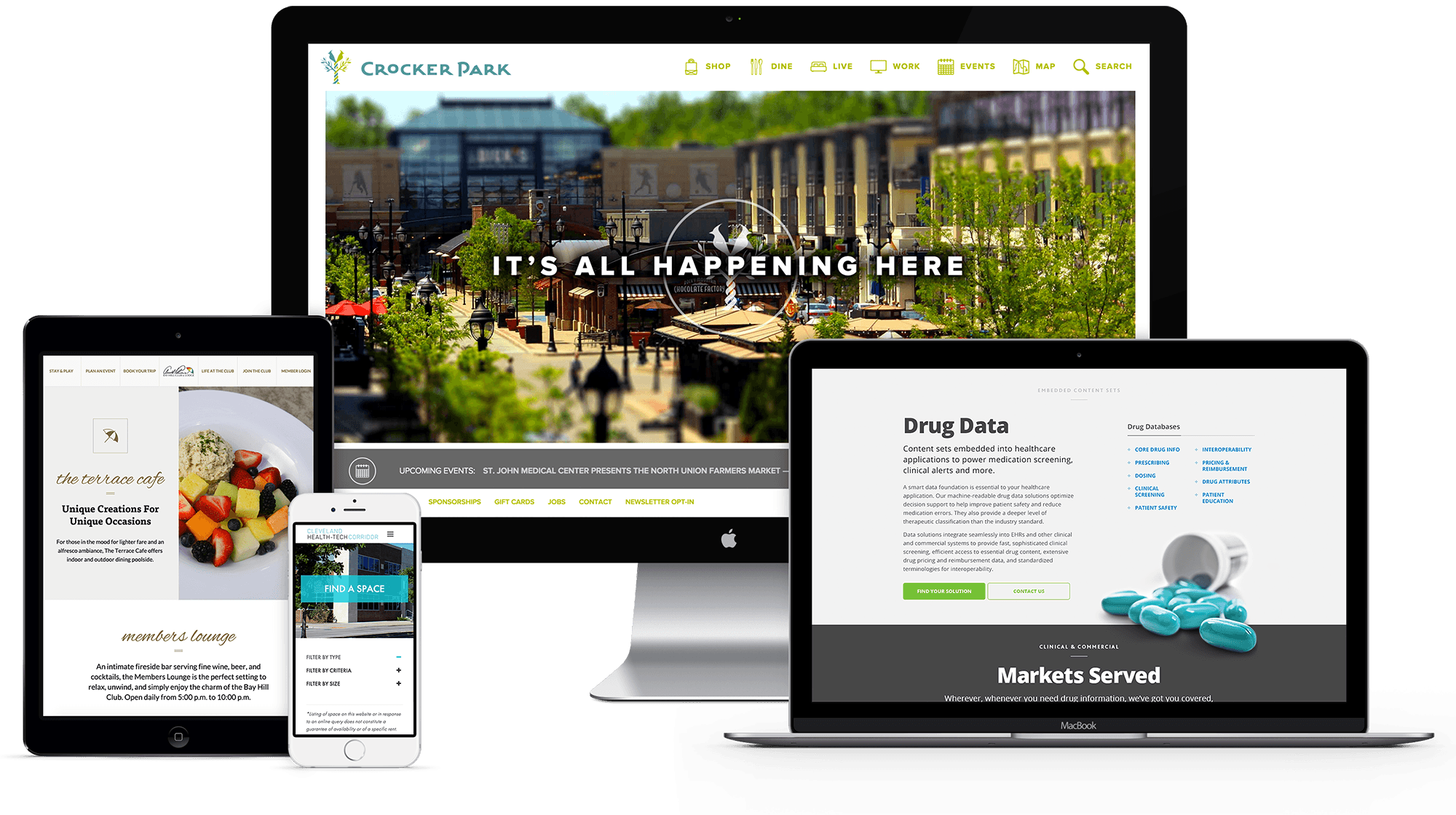Every business has a blog these
days, so it require endeavor to stand out from the crowd and switch
readers into leads. You can publish a persuasive article that attracts traffic
to your blog, but if your blog isn’t optimized for conversions, those visitors
are essentially useless.
All the website traffic and blog page
views in the world mean nothing unless they are converting into leads and, eventually,
income for your business. Aside from articles that will cling to your
reader’s interest, you need to center on providing a simple user interface (UI)
and pleasant user experience (UX). Here are little tips to aid you
optimize your blog, revolving it into a lead generating machine.
1.
Design your layout to grip your user’s attention.
A pleasant simple layout that enables
the visitor to rapidly read through your content is compulsory. Appropriate use
of headlines and short paragraphs makes content easier to grasp. Also, to
reduce skimming, set time expectations at the beginning.
You will see each post has an predictable
read-time at the beginning of each article. Seeing “5 min read” lets the reader
know how much time it will take to completely read the content. You want
them to read the full section of content, because if it’s done right, there
will be a call to action built in. If your content is being skimmed, you will
have less conversion opportunities.
Aside from the definite piece of
content, you will want to make sure you have a search utility clearly visible,
as well as blog tags, if the reader is enjoying what he or she just read, make
sure they can quickly look at more of your content. Show related posts at the
bottom to promote additional content engagement.
2.
Promote engagement.
Not every post is going to go viral;
there is a slight chance of that happening for most. But, there is a good
chance of content resonating with your audience, pushing them to share across
social media with their compatible connections, which may also be your target
audience.
Ensure that you have social share
options that are easy to find and allow commenting on your website, but also
try to integrate ways to keep hard-hitting stats or statements throughout your
content.
A simple and efficient device is a
click-to-tweet plugin, enabling you to make parts of your text easily sharable
on Twitter. When you have information that is forceful enough to grab
attention, make it tweetable in a single click. The objective is to get people
scrolling through their feeds to see it, stop scrolling and click-through to
your content.
You need to encourage engagement,
even if your industry isn’t the most interesting. Take a law firm for example.
Someone reading content on a legal blog is in a wholly different state of mind
than someone reading a blog post on a supplement website that is pushing the
visitor to purchase protein powder.
Someone reading legal content is
more prone to looking for a solution to an issue that needs urgent attention.
Therefore, the engagement you would want to trigger needs to fit that pressing
need.
You can’t expect to create
engagement out of thin air; you need to make available multiple ways for your
visitors to engage.
3.
Always split-test content formats and opt-in locations.
Websites that stick to firmly
text-based posts become out of date quickly. It’s a fine idea to test numerous
content formats, like video and infographics.
You are not going to know what type
of content your audience prefers or what type of opt-in offers they will bite
on unless you split-test multiple variations. Continue to test and examine your
data; regularly make adjustments to develop your conversion rates. Never
assume, always test.
4.
Use Google AMP to improve performance and user experience.
With the mainstream of your blog
traffic possibly coming from mobile devices, speed is key and should be a most
important focus. Google introduced AMP back in October of 2015 with a simple objective: to boost the speed of web
pages accessed by means of mobile devices.
If you or someone on your team has a
little HTML knowledge, you can grab the code here,
or if you are using WordPress for your blog, you can download the free plugin here. AMP is open resource; still various
blogs are yet to implement it. This is one of the easiest ways to considerably
improve your mobile performance, benefiting both your SEO and user experience.







No comments:
Post a Comment